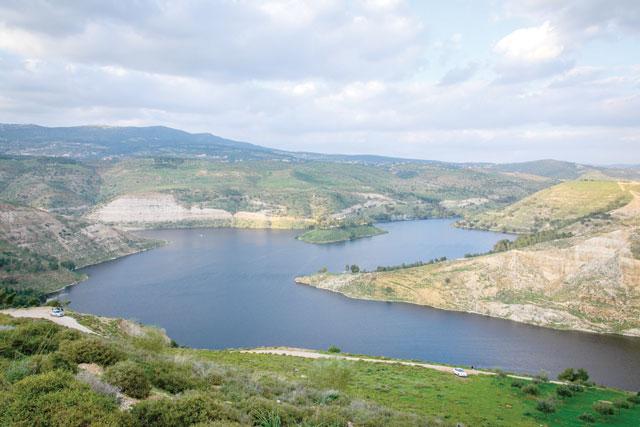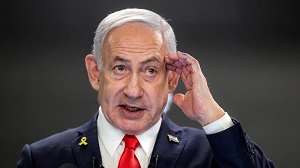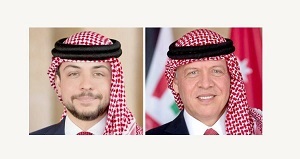Water woes pushing Jordan close to ‘Day Zero’ scenario — experts

The Jordan Times
AMMAN — Jordan is among 17 countries facing “extremely high” levels of baseline water stress, where irrigated agriculture, industries and municipalities withdraw more than 80 per cent of their available supply on average every year, a recently published report said.
Water withdrawals have more than doubled globally since the 1960s due to growing demand which “shows no signs of slowing down”, a report on global water developments published on Tuesday by the World Resources Institute (WRI) said.
The WRI, a global research organisation that spans more than 60 countries with a main office in Washington, DC, gives the example of reservoirs in Chennai, India’s sixth-largest city, which are nearly dry, adding: “We’re seeing more and more communities facing their own ‘Day Zeros’ and other crises.”
Omar Shoshan, chairman of the Jordan Environmental Union, which represents 10 environmental NGOs, confirms this in regards to Jordan, which is ranked the fifth most water-stressed country in the world by the WRI.
“We are very close to Day Zero,” he told The Jordan Times.
Despite the high amount of rain the Kingdom witnessed earlier this year, the situation is a lot worse than expected, he said.
WRI produces national and sub-national estimates of water stress to “help decision makers better understand exposure to water challenges”.
Water does “not follow boundaries set by humans”, the report said, noting that for this reason, most water-related information is collected at a watershed or sub-watershed scale, the institute said.
“Yet, the policy decisions required to reverse water stress — like setting withdrawal caps, encouraging wastewater treatment and establishing pricing schemes — primarily take place at an administrative scale, such as at a country, state or provincial level,” the institute said.
Twelve out of the 17 most water-stressed countries are in the Middle East and North Africa (MENA) region, according to the institute.
“The region is hot and dry, so water supply is low to begin with, but growing demands have pushed countries further into extreme stress”, the WRI article read.
“The World Bank found that this region has the greatest expected economic losses from climate-related water scarcity, estimated to reach 6-14 per cent of GDP by 2050,” it added.
For Shoshan, growing demand, especially due to the influx of refugees, is an important factor policies need to consider.
“There should be a reshaping of the water management strategy that takes the unstable political situation of the region into account,” he said.
WRI bets on “untapped opportunities” to boost water security in MENA, noting that about 82 per cent of the region’s wastewater is not reused.
As a positive example, the institute cites Oman, ranked 16 among water-stressed countries, which treats 100 per cent of its collected wastewater and reuses 78 per cent of it.
Furthermore, the WRI said that water stress is just one dimension to reach water security, as even countries with relatively high water stress can “effectively secure their water supplies through proper management”.
Citing another model that bodes for success, the report refers to a Saudi strategy that sets water prices to incentivise conservation.
In its new Qatrah (“droplet” in Arabic) programme, Saudi Arabia, ranked eighth most water stressed worldwide, sets water conservation targets and aims to reduce water usage by 43 per cent within the next decade, according to the institute.
“We have to give wastewater priority,” Shoshan stressed, advocating for Jordan to invest in new technologies for decentralised wastewater treatment and industrial wetlands and criticising unwise water management on a national level.
“We have to work together to get out of this critical stage,” the environmental expert said.
Latest News
-
 ‘Israel’ launches major military operation in Jenin
‘Israel’ launches major military operation in Jenin
-
 ‘Israel’ recognizes Somaliland as sovereign state
‘Israel’ recognizes Somaliland as sovereign state
-
 Deputising for King, interior minister attends midnight Christmas mass in Bethlehem
Deputising for King, interior minister attends midnight Christmas mass in Bethlehem
-
 King, Crown Prince extend their Christmas greetings, New Year wishes
King, Crown Prince extend their Christmas greetings, New Year wishes
-
 Prime minister extends Christmas, New Year greetings to Christian community
Prime minister extends Christmas, New Year greetings to Christian community